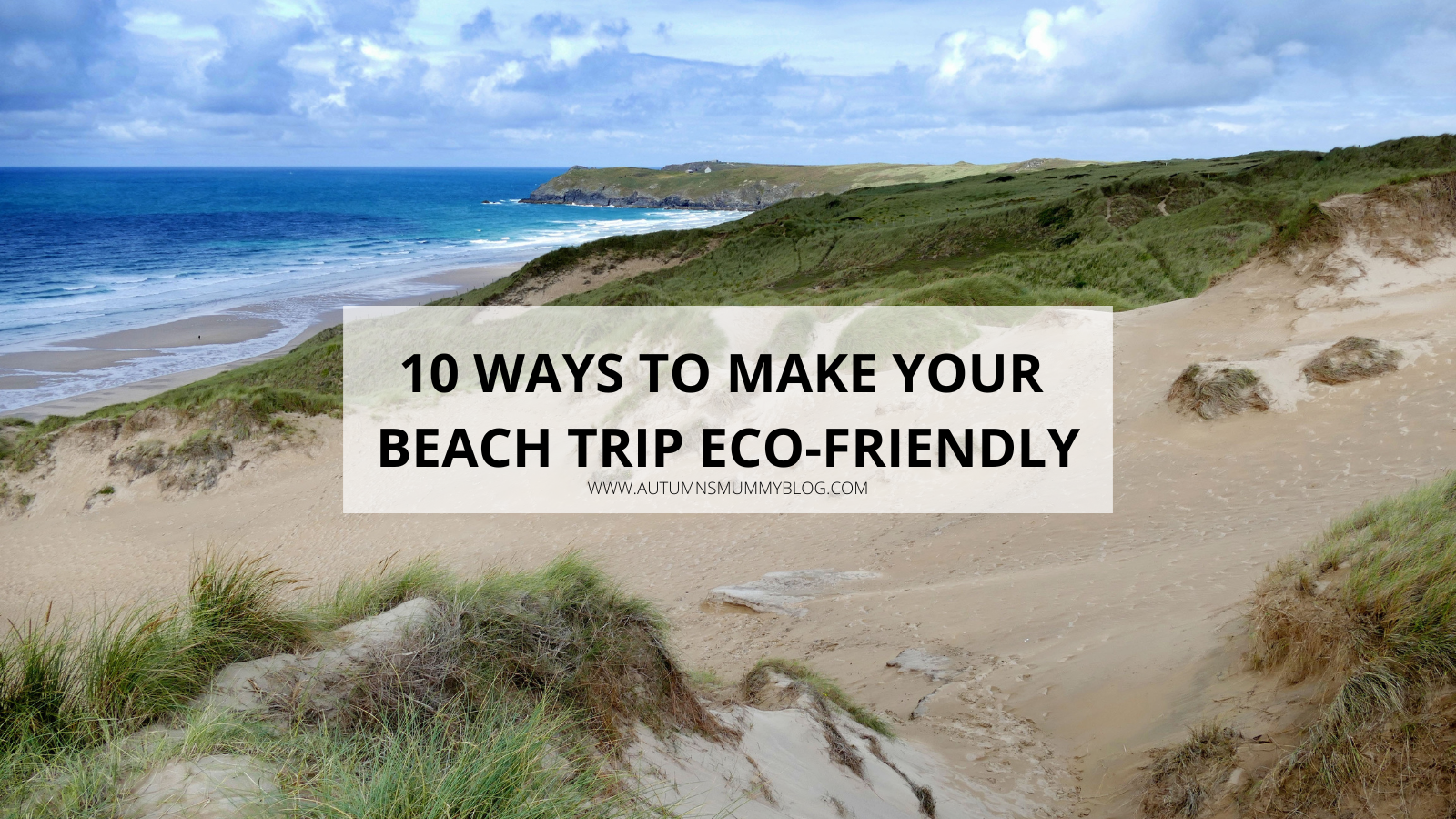1. Reduce your carbon footprint
We all know the impact of fossil fuels on the environment and how we all need to try and reduce our carbon footprints. If you live close to the beach, try to walk or cycle to reduce yours! If you live further afield, consider using public transport. Otherwise, if you are going with friends or family, see if you can do a car-share.
2. Have a zero waste meal
If you’re having lunch or dinner at the beach, try to make it a zero waste meal! The less waste there is with you, the less potential there is for something to get left behind on the beach. You could take things such as pasta, sandwiches, salad, fruit and nuts in plastic or metal food boxes. Take reusable plates and cutlery with you and wash them up when you get home.
3. Take a reusable water bottle
It’s important to keep hydrated – especially as you’re likely to be at the beach on a hot day. Rather than using plastic botted water, take a reusable bottle filled with water from home. I’m never seen out and about without mine! Many shops will fill your bottle for free – check out the Refill app for places near the beach.
4. Don’t throw your food
If you have leftover food, don’t throw it on the beach! Seagulls can become accustomed to being fed food by humans. This can lead to them becoming very militant and a nuisance to people. This is already a well-known problem in places such as St. Ives in Cornwall. My mum had an ice cream snatched by one there the other year, and multiple videos online show she’s not the only one! Feeding the seagulls obviously leads to an increase in seagull poop, which can create harmful microorganisms in the sand and water. If any food actually escapes the seagulls and enters the sea, it can be harmful to marine life.
5. Take toys home
There’s already far too much plastic in the sea, so don’t contribute to it! Have a good look around before you leave the beach to make sure you haven’t left any of your children’s buckets, spades, sieves, trucks or balls behind! Plus, it’ll potentially save a lot of tears later!
6. Choose plastic-free toys
Go for the more eco-friendly route from the start regarding toys. You can now find plastic-free beach toys such as buckets and spades. I’ve not seen them in physical shops, but I have seen them online. Unsurprisingly, they are more expensive but if you can afford it, it’s worth it to help the planet!
7. Use environentally-friendly suncream
Generally speaking, mineral sunscreen is better for the environment than chemical suncream. To avoid polluting the ocean, these are some ingredients you need to watch out for on the label:
- Ethyl hexylsalicylate (octisalate)
- Paraffin liquidum or mineral oil
- Octinoxate
- Oxybenzone
- Retinyl Palmitate
You can find more advice here.
8. Don’t walk or play in sand dunes
Sand dunes look so tempting to walk or play in, I know. However, they are very important in protecting our coastal environments and the creatures that live in them. Walking and playing on them, even a little, can damage grassy plants such as marram grass that help keep the dune structure together.
9. Collect pollutants
If you see plastic on the beach, put it in a bin or take it home and dispose of it correctly. Collecting plastic on the beach could be a fun activity to get children involved in and helps to reduce the amount of plastic pollution in the sea. Some beaches regularly see Lego washed up from a cargo ship called the Tokio Express that was tipped by a rogue wave back in February 1997!
10. Take rubbish home
One of the most important things you can do is take your rubbish home! Take a bin bag with you to put rubbish in as you go through the day to make it easier.
